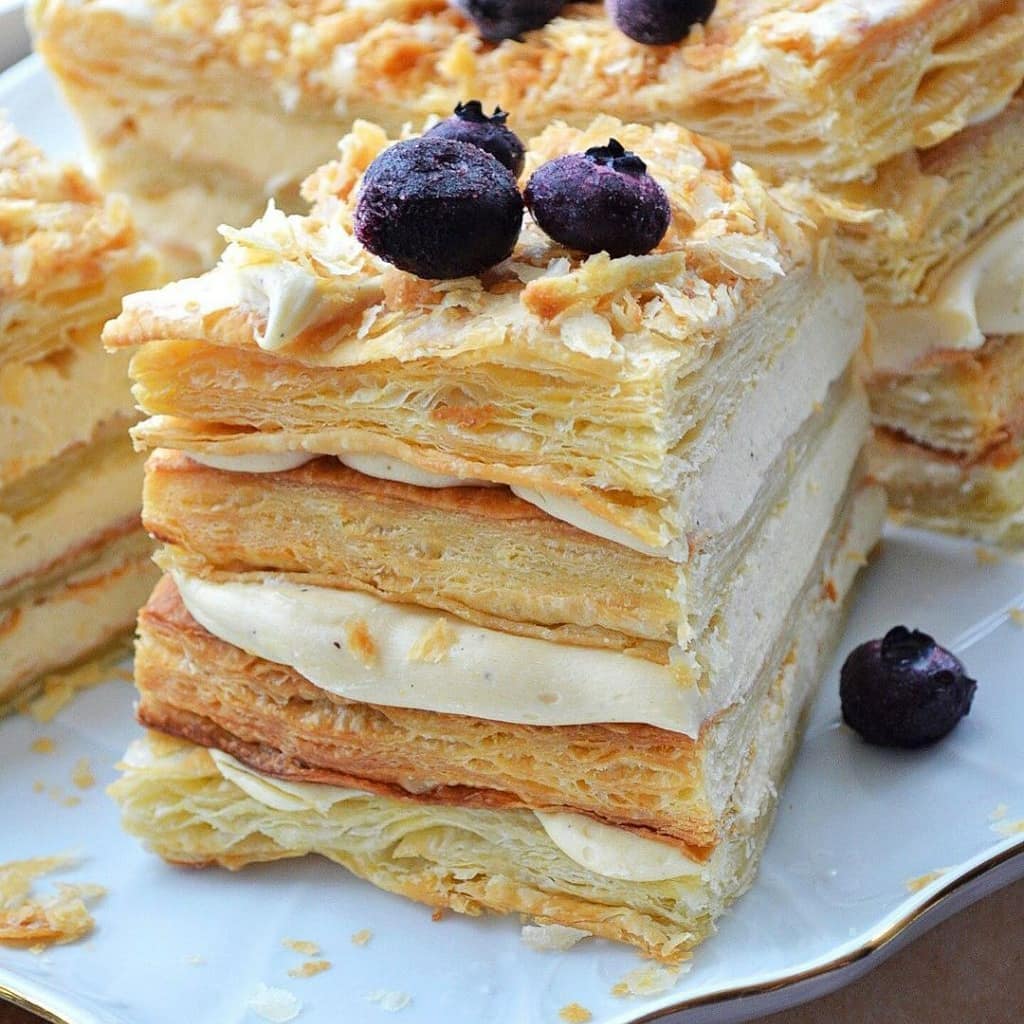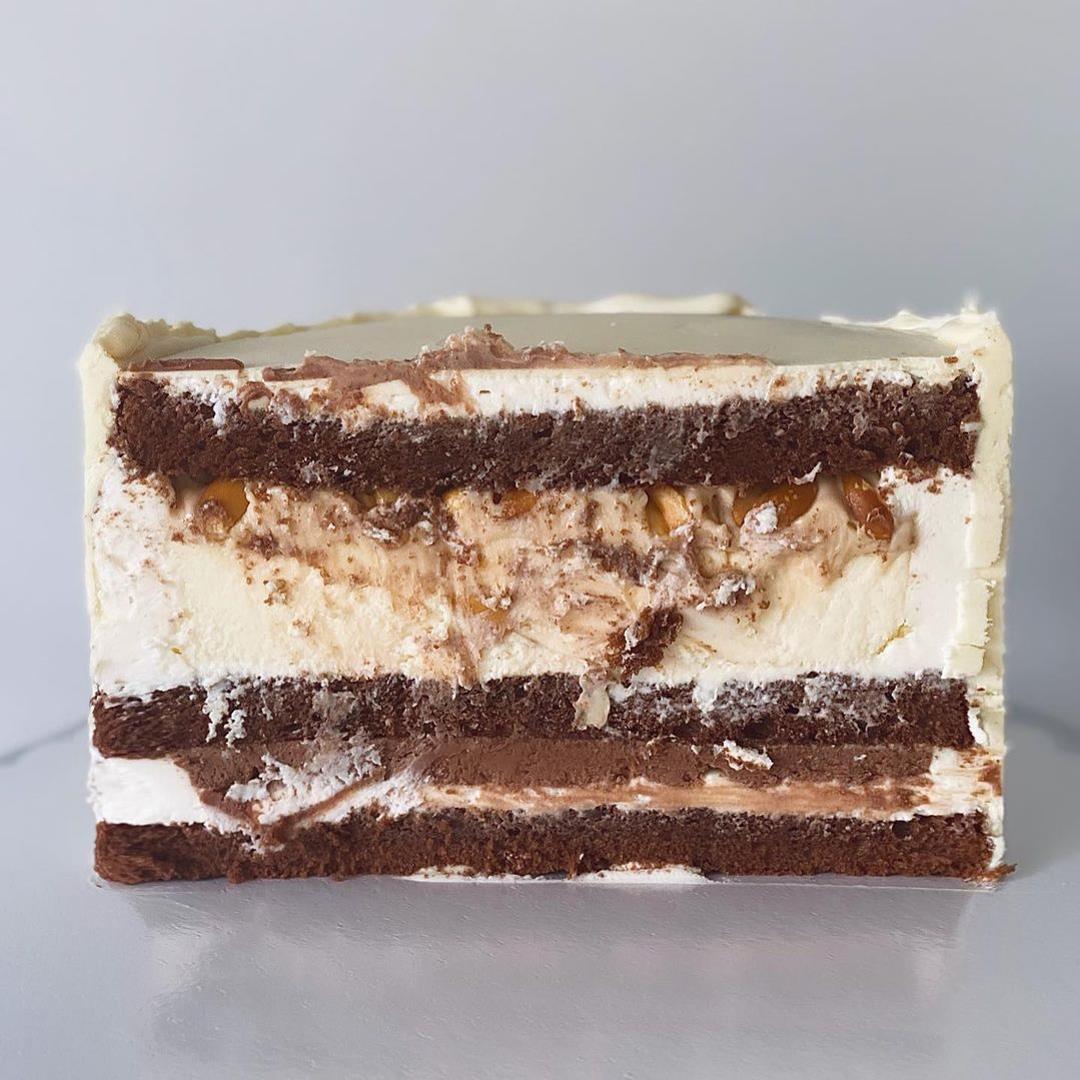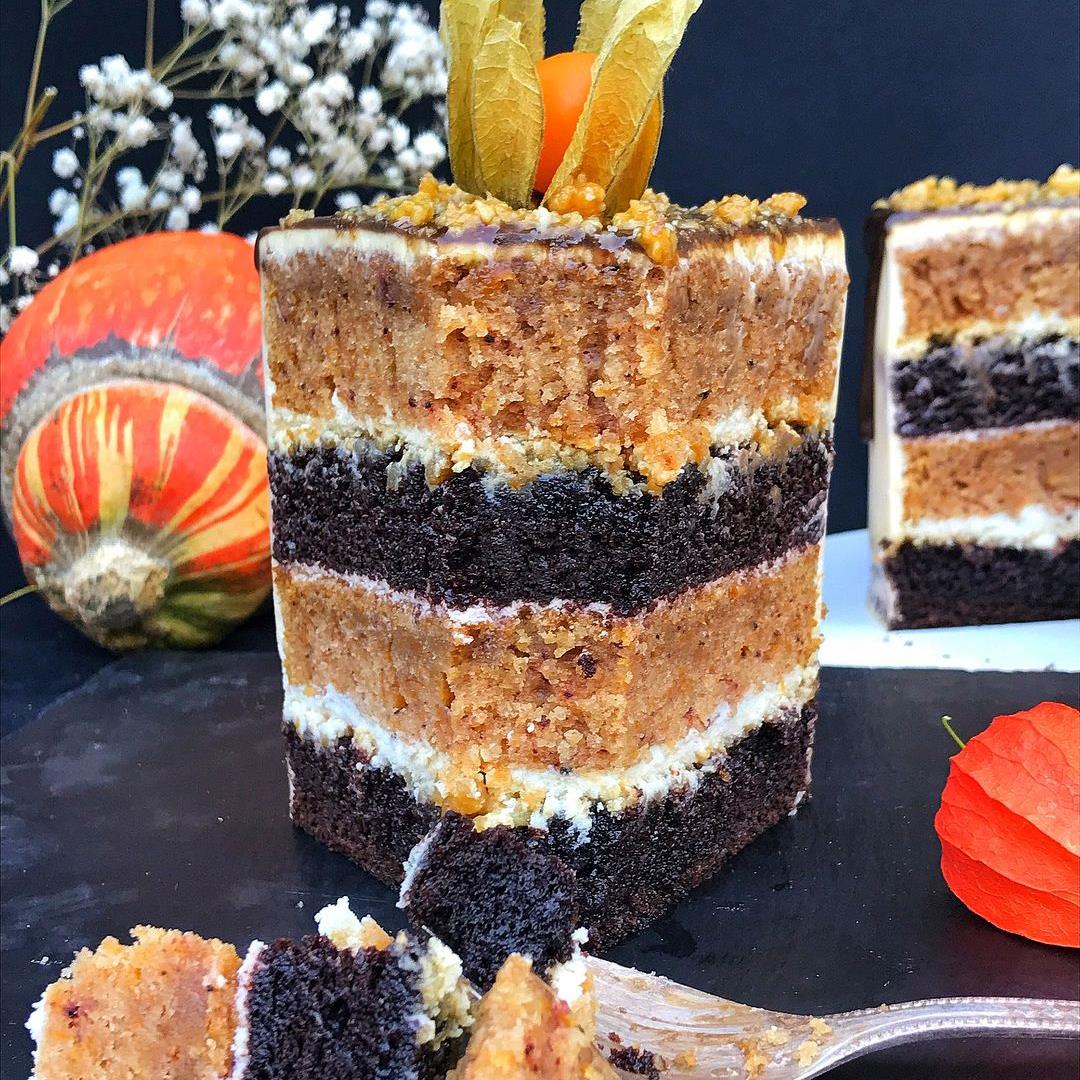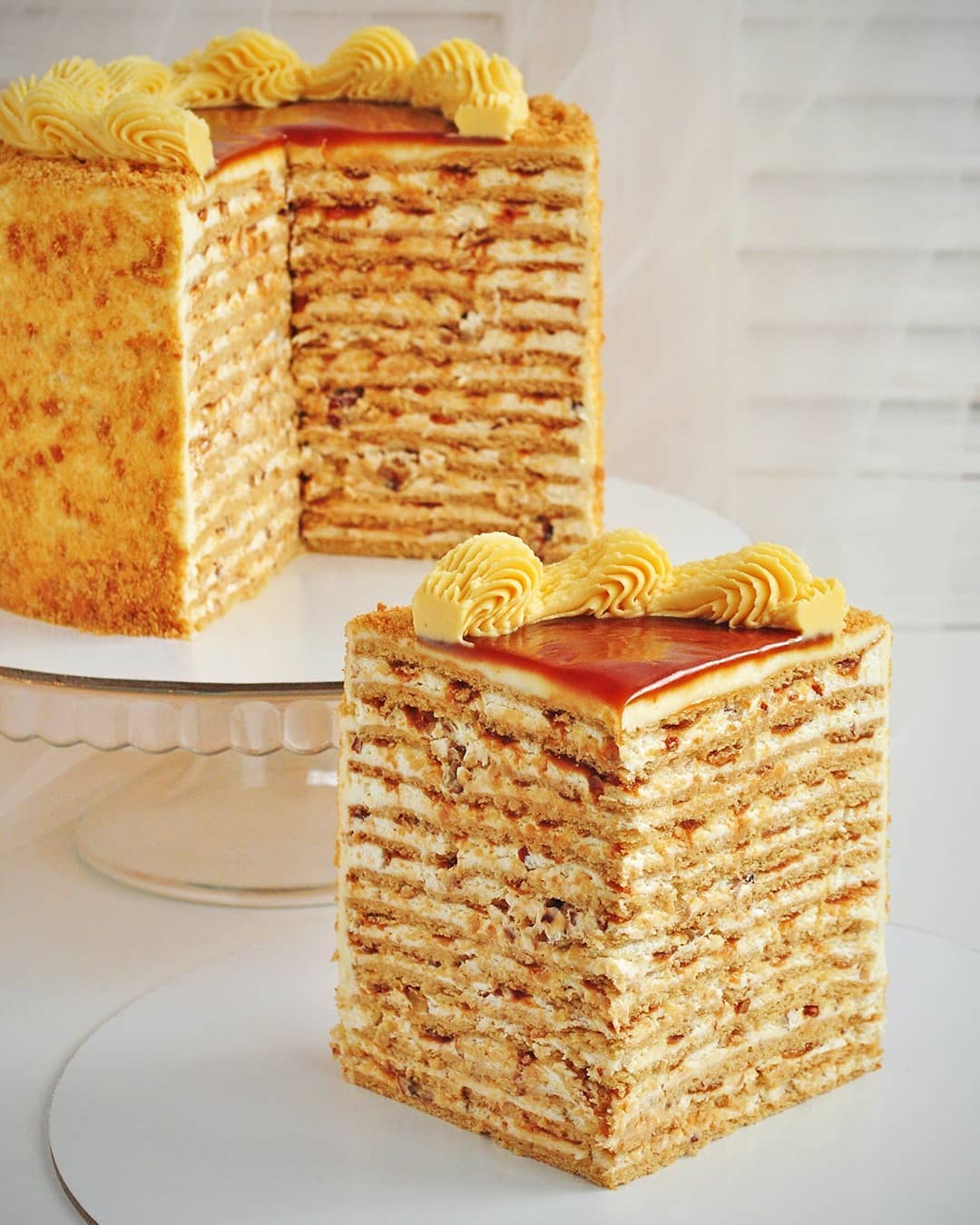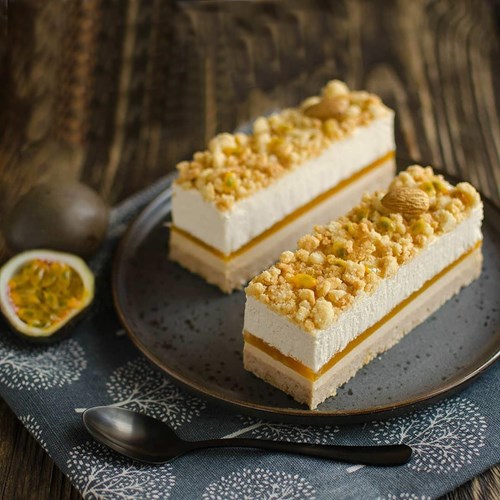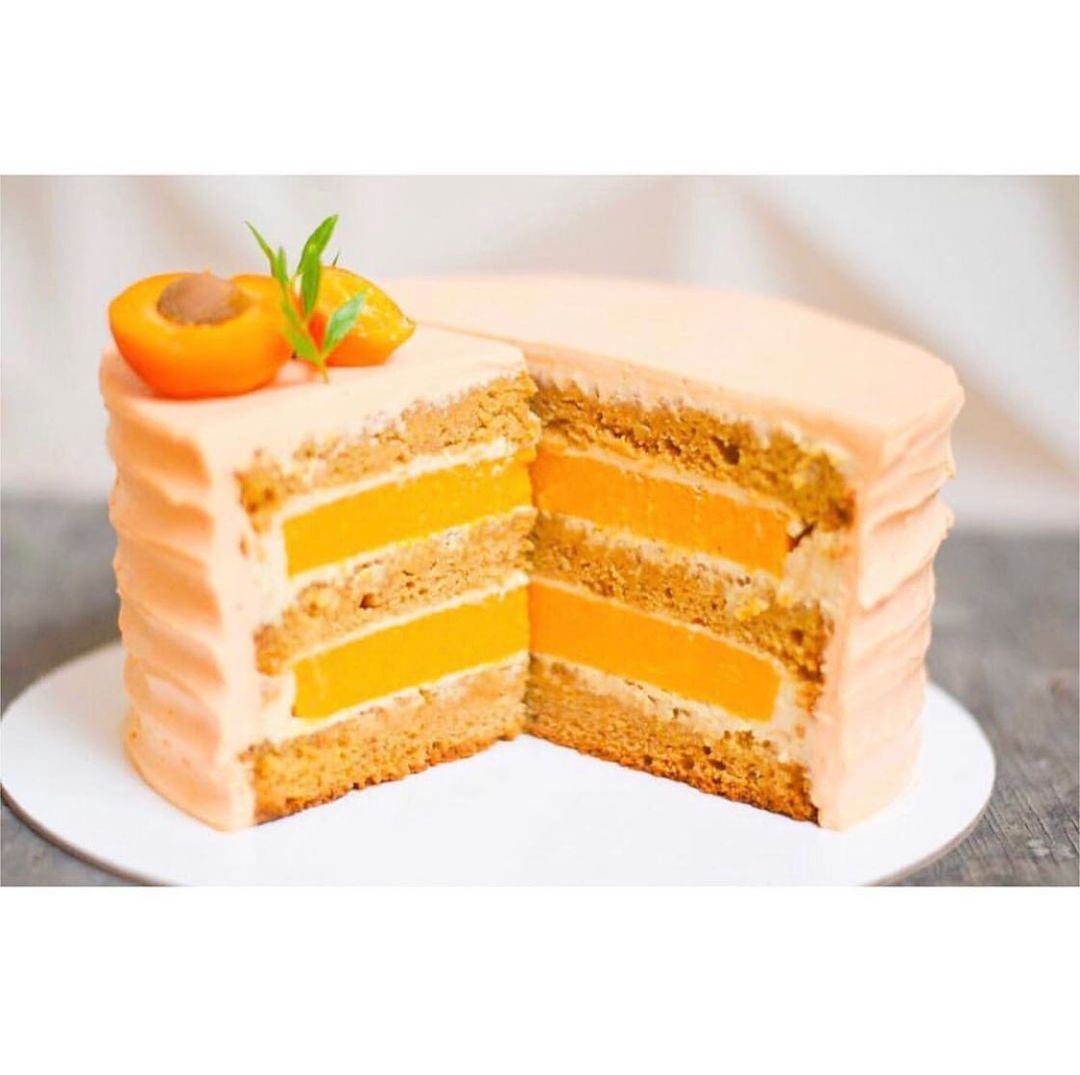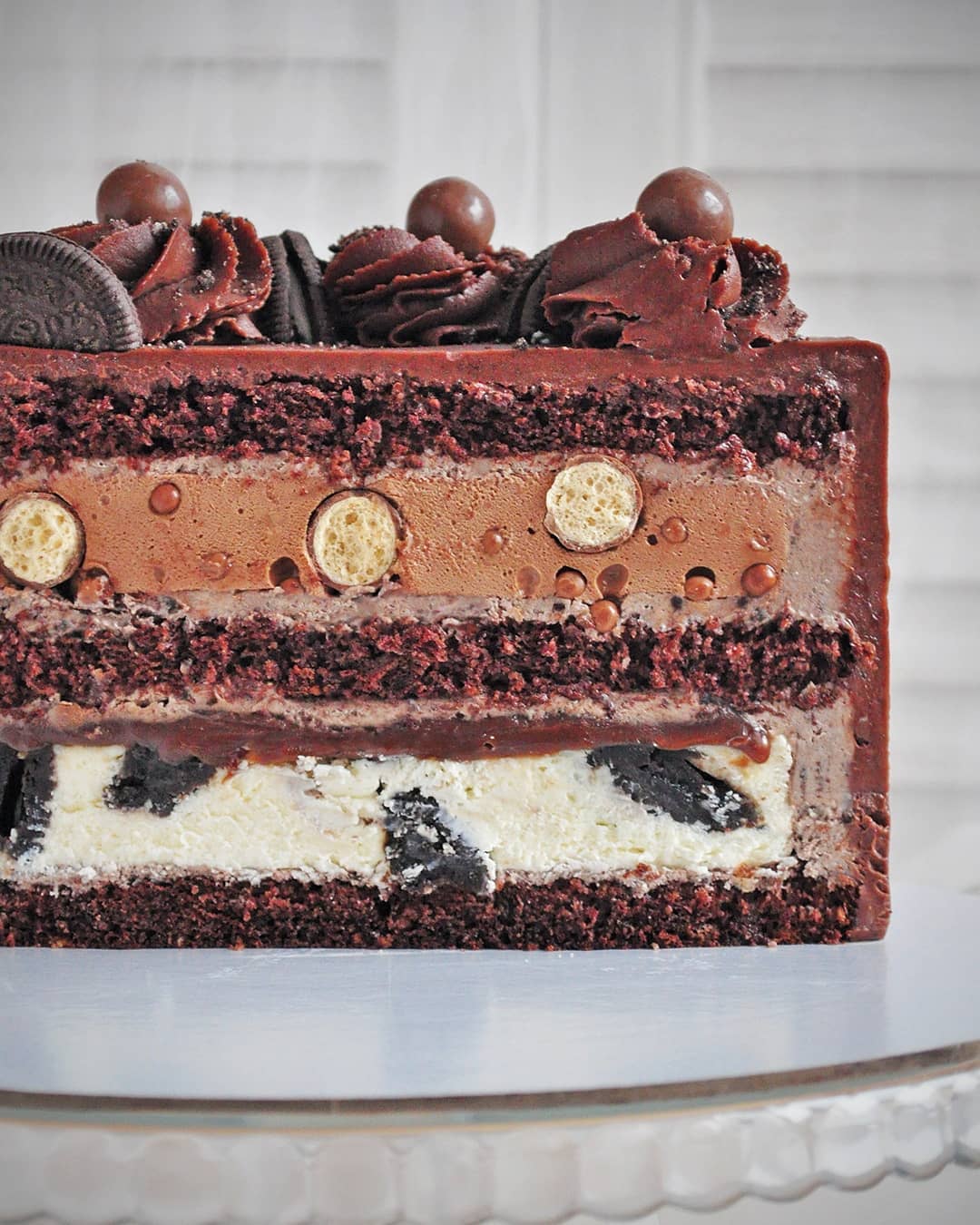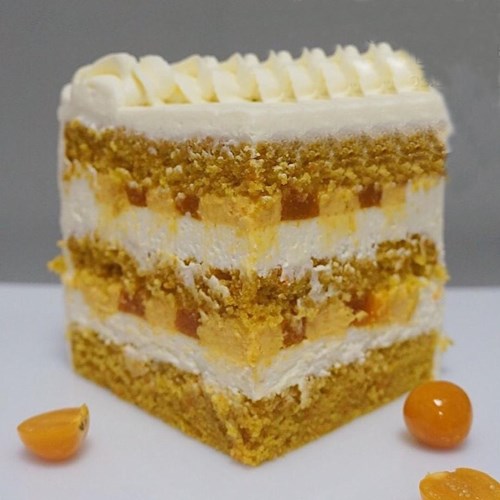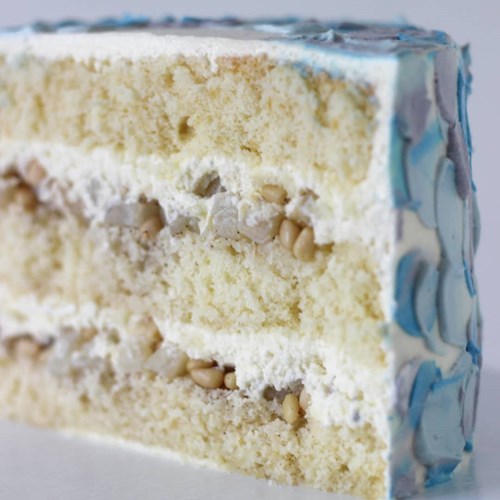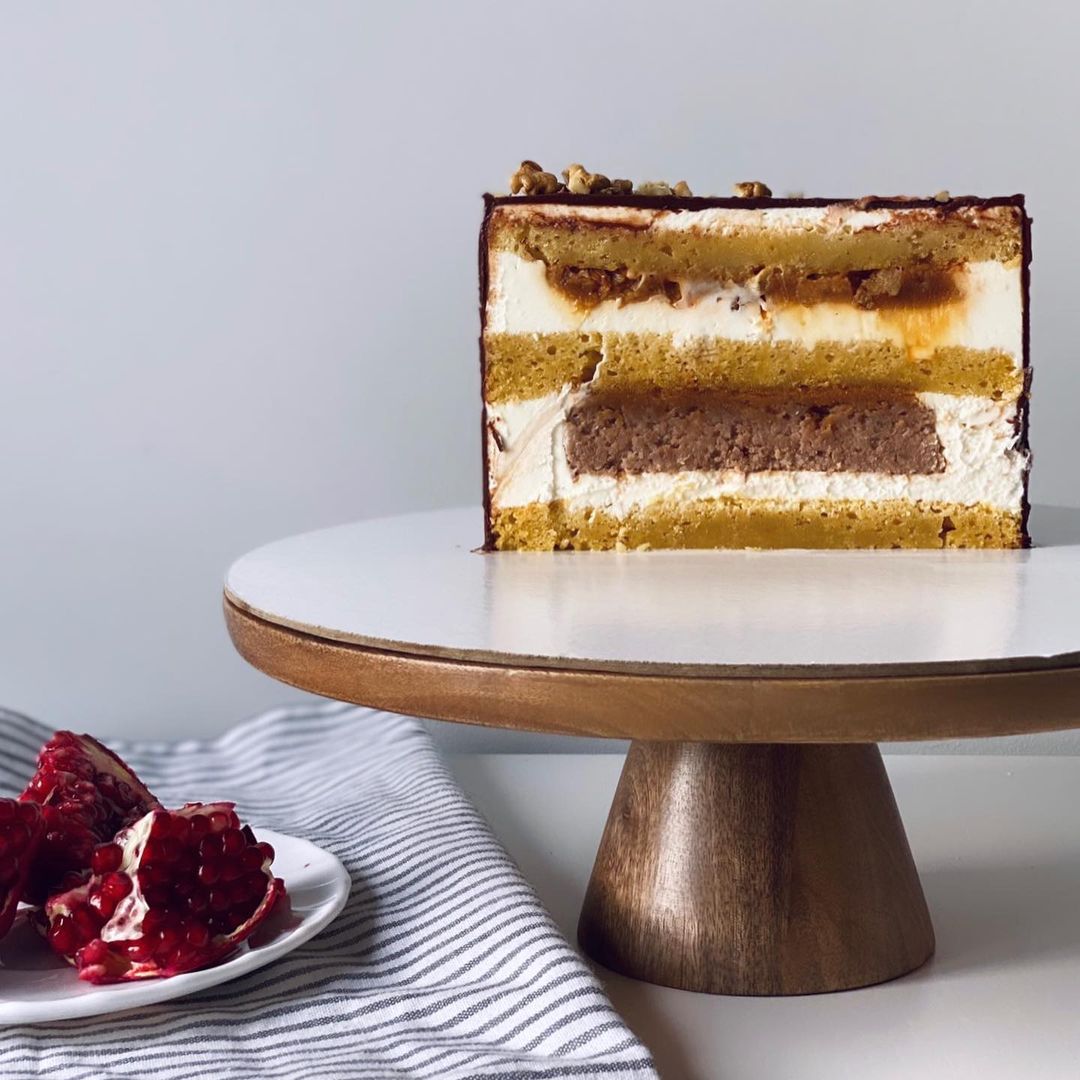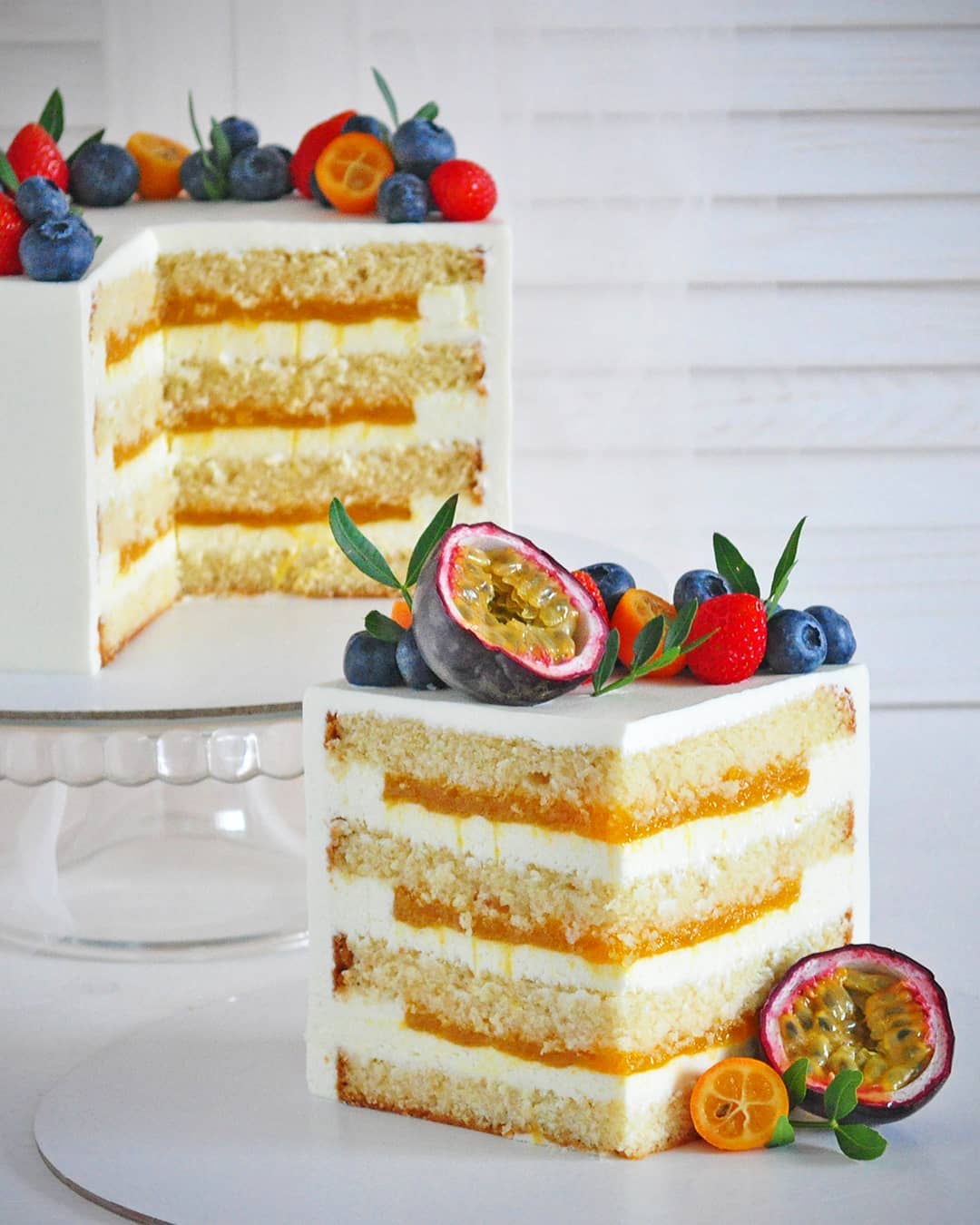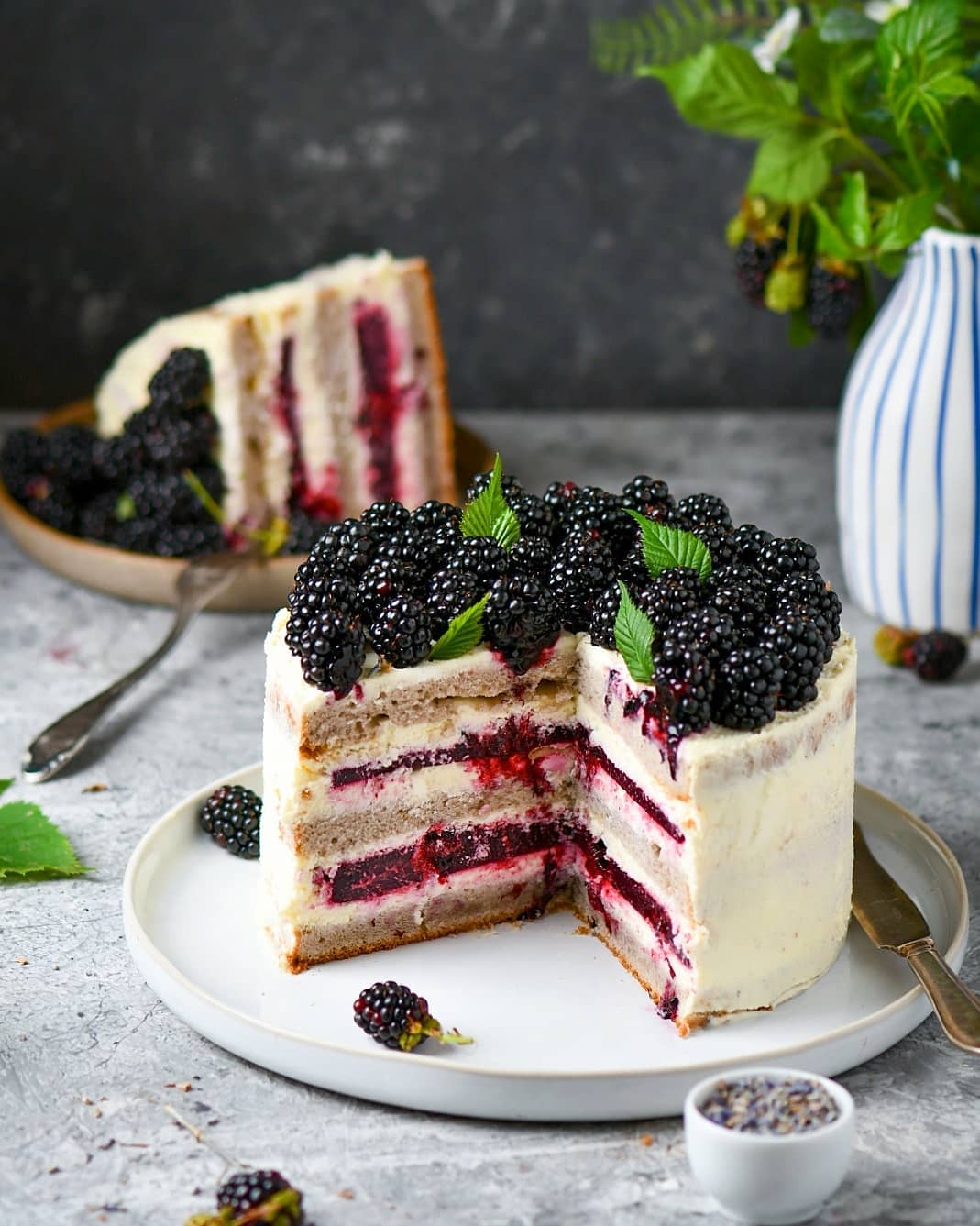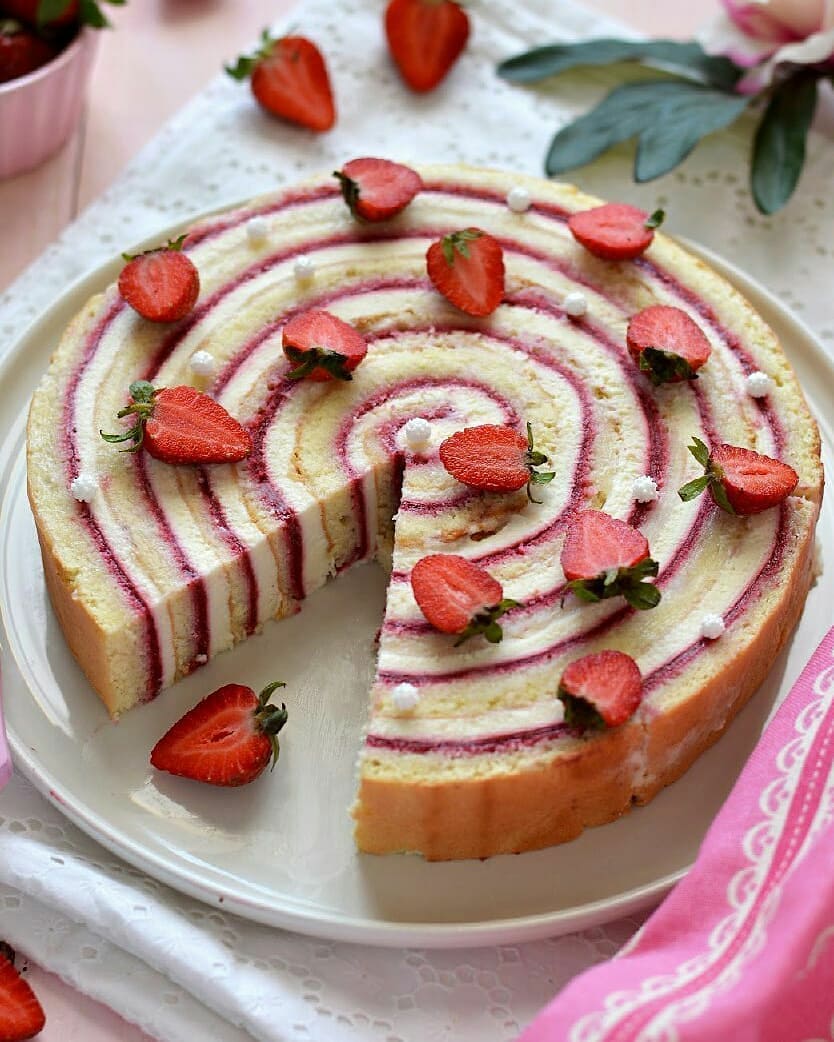Ingredients
Puff Pastry
Creamy Custard
Instructions
Step 1
Step 2
Step 3
Step 4
Step 5
Step 6
Step 7
Step 8
Step 9
Step 10
Servings
Equipment
Essential for rolling out the puff pastry evenly to ensure those perfect layers. Tip: Lightly dust with flour to prevent sticking.
A must-have for making the custard. It helps distribute heat evenly, preventing your custard from burning.
Crucial for achieving a smooth, lump-free custard. Remember to whisk continuously!
To bake your puff pastry layers to a rosy perfection. Use parchment paper to avoid sticking.
Useful for keeping the dough covered and preventing it from drying out. Wrap tightly to avoid air exposure.
Variations
Faq
- What should I do if my dough becomes too sticky while kneading?
Simply add a bit more flour little by little and continue kneading until the dough reaches a manageable consistency.
- Can I use store-bought puff pastry instead?
Absolutely! Store-bought puff pastry can save time and still achieve delicious results. Just make sure it's of good quality.
- Why does my puff pastry not rise properly?
Ensure the butter and dough are both chilled adequately during the rolling process. Also, accurate folding techniques are key.
- How do I prevent my custard from forming lumps?
Whisk continuously while incorporating the hot milk and cook on a lower heat to ensure a smooth custard.
- Can I add different flavors to the custard?
Yes, feel free to experiment with flavors like coffee, chocolate, or different liqueurs to customize your custard.
- What's the best way to store Napoleon cake?
Store the cake in the refrigerator, covered with plastic wrap or in an airtight container, to keep it fresh and prevent it from drying out.

